The Xiaomi 14 Ultra has one of the best cameras I’ve used on a smartphone ever, but Xiaomi also sells something that could potentially make it even better. It’s called the Photography Kit, and it’s a pricey set of accessories that puts the emphasis on the phone’s camera element to an even greater degree.
I’ve been using it, and although I started out feeling underwhelmed, I soon discovered the one thing that makes the Photography Kit unique, exciting, and incredible. It’s so different, in fact, that it’s poised to change the way I think about phone camera accessories in the future.
A phone accessory unlike any other
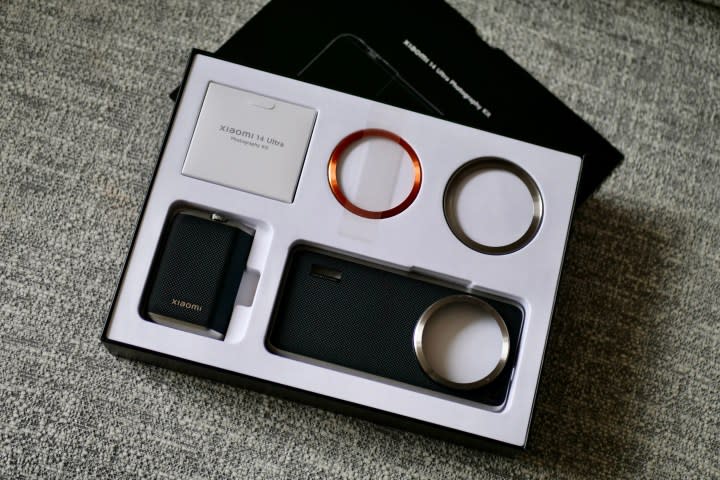
The Xiaomi Photography Kit consists of a case for the phone, a grip that fits on one end and plugs into the USB-C port, and a pair of rings that encircle the massive camera module. The grip has a 1,500mAh battery inside, a two-stage physical shutter release, a zoom level selector, a quick-access video button, and an adjustment wheel. On the side is a lock to ensure the grip doesn’t accidentally slide off the phone.
Initially, it seems like a way to add more size and weight to an already massive phone, as it suddenly becomes at least three times thicker and the weight jumps from 220 grams to 340 grams. The two-stage shutter is vaguely interesting as it helps identify what the camera is focusing on, but I’ve not found a situation where it was getting the focus wrong. The zoom selector is set to advance the zoom by .2 with every twist, so you go from 1.0 to 1.2x, 1.4x, 1.6x and so on. It’s a bit slow, and considering the optical zoom is found at 3.2x and 5x, it takes ages to get there.
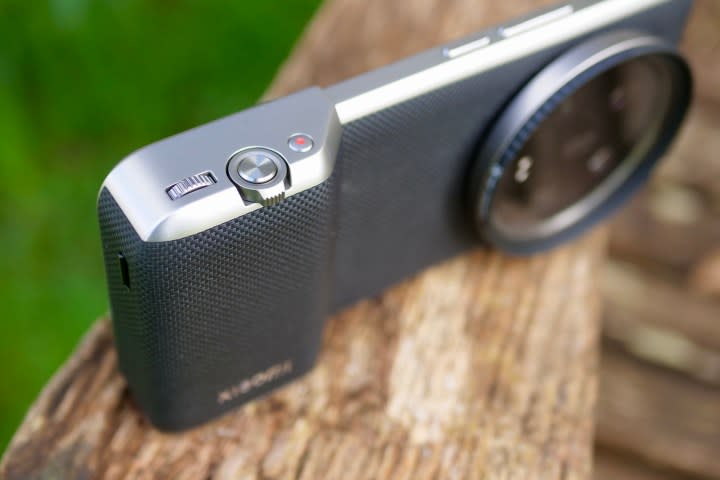

I love the quick access to the camera when you press the shutter button, and the 1,500mAh battery is very helpful. I took photos and used the phone for several hours on one afternoon, and the phone’s battery had more charge when I got home than when I went out.
But neither of these things are transformative. I could use any battery pack to keep the battery charged while I’m out taking photos, and a double press of the power button on the phone quickly launches the camera app already.
It costs how much?
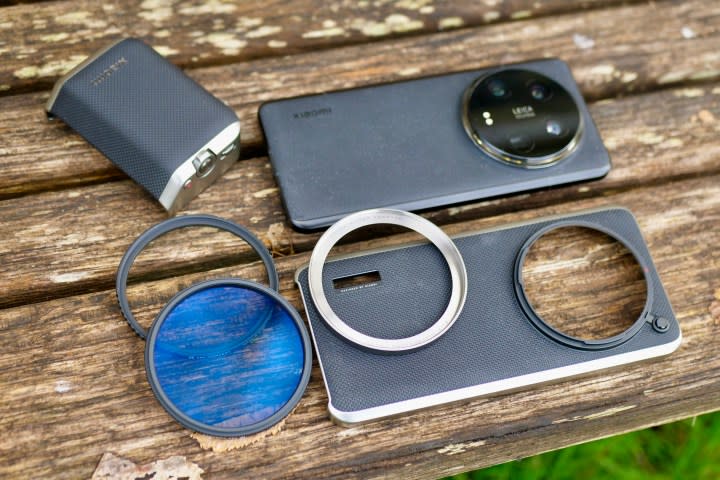

The Xiaomi Photography Kit costs 180 British pounds, or about $227, and that’s on top of the already expensive Xiaomi 14 Ultra — which costs the same as the Samsung Galaxy S24 Ultra in the U.K. That’s a lot to spend for a glorified case, a couple of buttons, a very small battery pack, and quite a lot of extra girth. It also doesn’t really make the photography experience any better.
It did improve when I looked into the settings for the Camera Grip. You can change the zoom focus selector to skip between 1x, 2x, 3.2x, and 5x, which makes it a lot more useful. The adjustment wheel shifts the EV by default, but it can be switched to aperture, shutter, ISO, white balance, bokeh, and — interestingly — focus. These things help tailor the camera experience around your preferences, so it does become more helpful.
But I was beginning to feel it wasn’t going to improve the already fantastic camera on the Xiaomi 14 Ultra in any meaningful way. It didn’t change the photos or the creative process, only the workflow. But using physical buttons rather than the touchscreen and sliders comes at the expense of portability and convenience. I wondered if the Xiaomi 14 Ultra’s camera had already hit its peak, and the Photography Kit was little more than a fancy case for it. But I was about to discover how wrong I was.
Filters forever
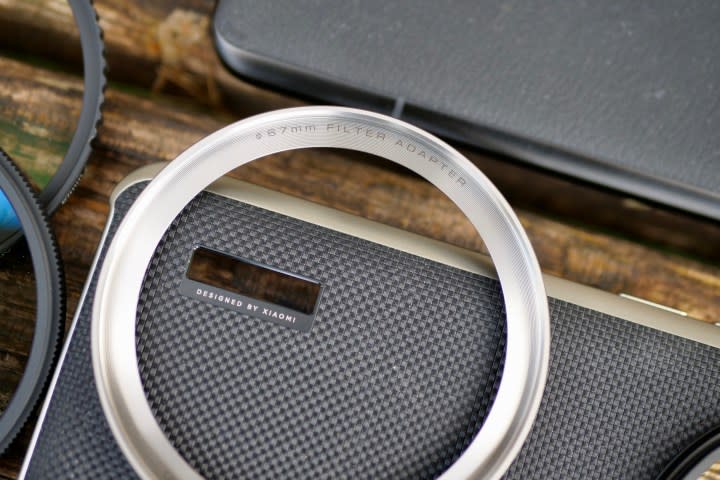

There are two rings in the Photography Kit that screw into the case’s camera module surround. One is decorative, but the other is an adaper for a 67mm filter designed for full-size cameras to be fitted to it. These glass or plastic discs change the way light enters and interacts with the camera, and are commonly used on DSLRs. But they aren’t common for smartphones at all, where the word filter means something quite different.
Smartphones really introduced me to the joys of photography, and while I was aware of filters for camera lenses, I’d never really had much experience with them. Intrigued, I bought a simple Polarizer filter — which helps better manage reflections, contrast, and color in challenging lighting — and gave it a try. What I found is that in the right situation, it can dramatically change the photos taken with the Xiaomi 14 Ultra.
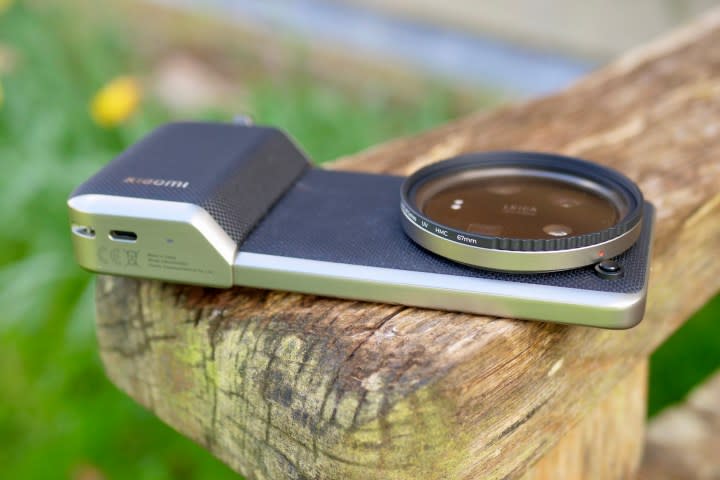

Here was the transformative feature I’d been looking for in the Photography Kit. Now, I’m aware what follows will read like a rather obvious, “Man discovers polarizing filter and is impressed” non-shocker to any experienced photographer who has used one in the past. But to anyone who has only ever enjoyed mobile photography, the changes will look dramatic, and the prospect of using a filter will becomecreatively enticing.
The photos speak for themself




It’s almost hard to believe the following photos were taken with the same smartphone camera, back-to-back, on the same day, and I haven’t edited the images or applied any kind of digital filter to them. You’re looking at photos that came straight off the Xiaomi 14 Ultra, except one of them was taken with a physical polarizer filter in front of the lenses.
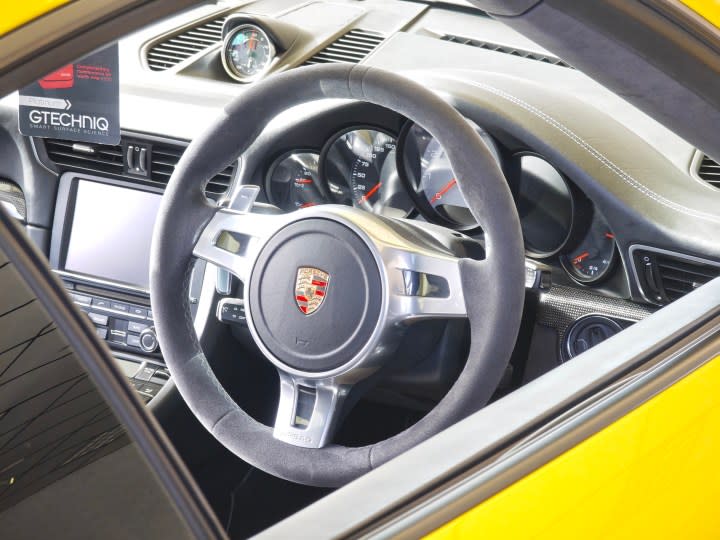

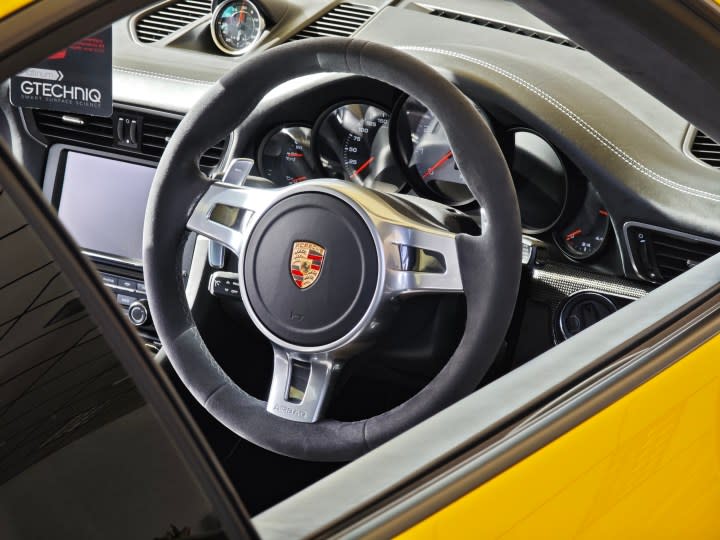

The photo of the lake instantly reveals the benefits of a polarizing filter, with richer, brighter, and more natural colors, plus a different exposure level that makes the clouds fuller and the water more defined. The second photo showing the car steering wheel helps the camera better cope with the conditions, exposing the shot in a way that makes the colors more natural, and ensuring more detail is shown. Just look at the stitching on top of the dashboard, and the grain in the Alcantara on the wheel.
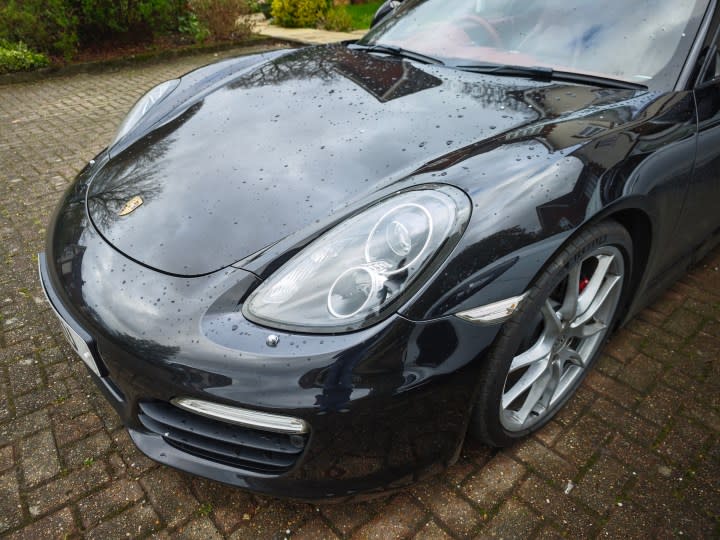

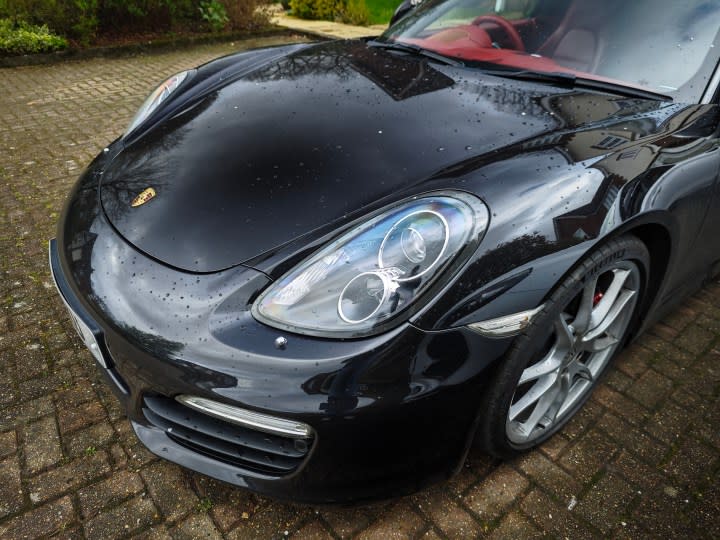

Because the polarizer helps minimize reflections, it’s great for taking photos of reflective surfaces, like the body of a car. Look at how the the harshness of the reflection is removed from the bodywork, showing the depth of the color, along with the color of the interior through the windshield — and even the rainbow-effect from the protective film coating over the headlight.


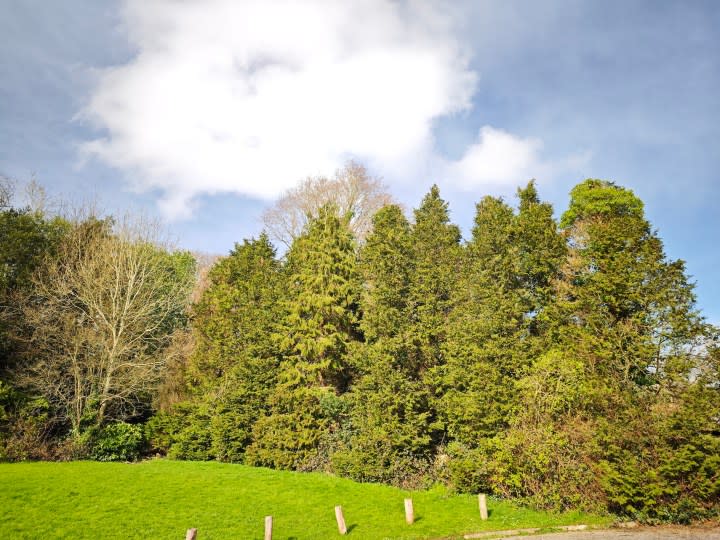

It’s not always successful, and you need to experiment and understand where the polarizer works best, as the final image shows. The original photo is far superior, while the polarized shot is washed-out and has unrealistic colors that make it look like it was taken with a different, far worse camera. The filter is not something you can leave on the camera and expect it to positively enhance every photo, but when it gets it right, the results can be fantastic.
After this, I want more
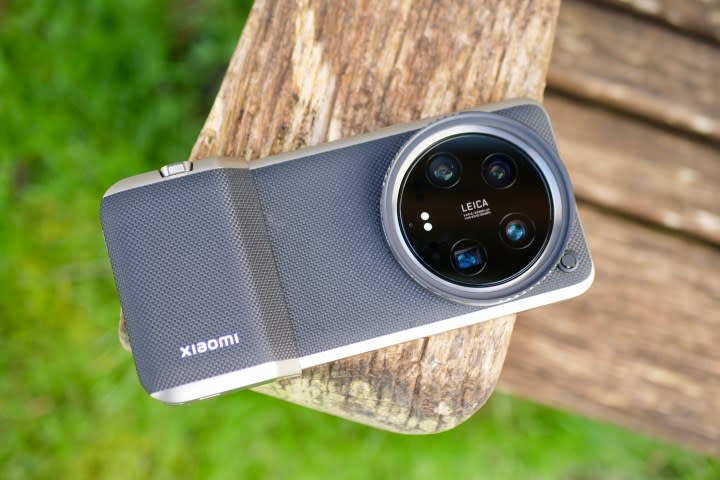

Again, I understand how this sounds to anyone who owns a regular camera and is familiar with filters. But on a smartphone, it’s a unique and exciting alternative to software filters and editing. My short time using filters with the Xiaomi Photography Kit has made me want more, and I wonder whether something like Ulanzi’s MagSafe filter adapter ring for the iPhone will work in the same way. I’d also love to see other manufacturers that push camera features come up with a creative way to introduce filters in the future.
The Xiaomi Photography Kit’s buttons and battery aren’t reasons enough to buy it, but the adapter ring genuinely is. No other mainstream, current smartphone manufacturer gives you the option to use standard lens filters over the camera, but by doing so, Xiaomi amplifies what is so good about the Xiaomi 14 Ultra’s camera in the first place: its ability to encourage creativity through versatility and features. It hammered home the reason why I think this is one of the best, all-round camera phones I’ve used.

